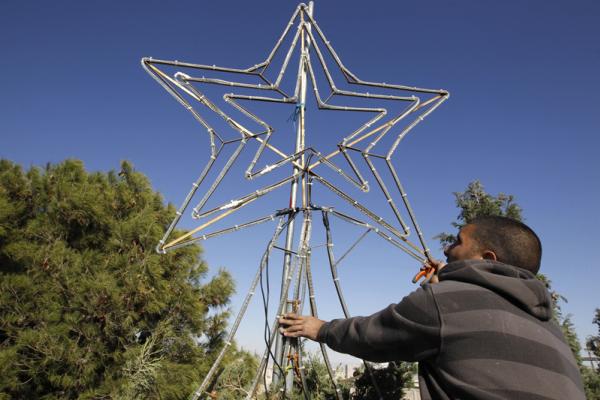Dec 22, 2015
The Star of Bethlehem is the name given to an event in the night sky that the Gospel of Matthew says heralded the birth of Jesus. Three wisemen — or magi, or kings — come to King Herod and ask, “Where is the one who has been born king of the Jews? We saw his star in the east and have come to worship him.”
Read the Full Article

Already a subscriber? Login
